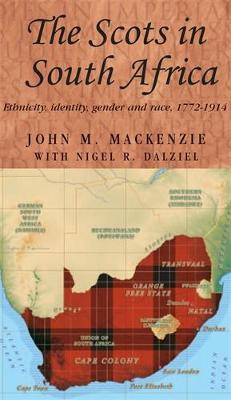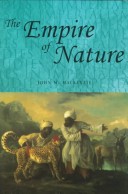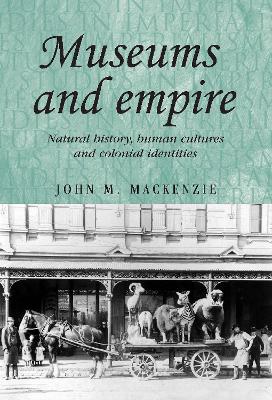Studies in Imperialism
4 total works
The description of South Africa as a 'rainbow nation' has always been taken to embrace the black, brown and white peoples who constitute its population. But each of these groups can be sub-divided and in the white case, the Scots have made one of the most distinctive contributions to the country's history.
The Scots, as in North America and Australasia, constituted an important element in the patterns of White settlement. They were already present in the area of Dutch East India Company rule and, after the first British occupation of the Cape in 1795, their numbers rose dramatically. They were exceptionally active in such areas as exploration, botanical and scientific endeavour, military campaigns, the emergence of Christian missions, Western education, intellectual institutions, the professions as well as enterprise and technical developments, business, commerce and journalism.
This book is the first full-length study of their role from the eighteenth to twentieth centuries. It highlights the interaction of Scots with African peoples, the manner in which missions and schools were credited with producing 'Black Scotsmen' and the ways in which they pursued many distinctive policies. It also deals with the inter weaving of issues of gender, class and race as well as with the means by which Scots clung to their ethnicity through founding various social and cultural societies. This book offers a major contribution to both Scottish and South African history and in the process illuminates a significant field of the Scottish Diaspora that has so far received little attention.



